Aggregating RF in the Automotive Environment: Architectural Choices and Antenna Solutions
投稿人:电子产品
2014-09-11
Connecting to an Internet-service provider (ISP) using a gateway or hub has well-known advantages. When we sit in a coffee shop, for example, and use their Wi-Fi connection, our device is using less power, we are using fewer minutes, and we are using less data throughput from our ISP, which many of us pay for. In addition, the RF levels we are exposing ourselves to are lower-level signals that do not need the range of our cell phones.
Going forward, public places, buildings, restaurants and offices will not be the only entities that use hierarchal-aggregation gateways and hubs. Our cars will as well. Most cars in the near future will offer direct 4G then 5G connectivity and will act as servers for the Personal Area Networks that we as individuals will be connected to once inside. This article looks at architectural choices and antenna options we can use for our automotive connectivity. All parts, data sheets, tutorials, and tools referenced here can be found on DigiKey’s website.
Moving targets
Robust protocols with ECC are highly desired for any transceiver that will be used in an automotive hub or aggregator. Not only do distance, line of site and environmental conditions affect performance, movement can make reception more prone to errors and hits. By moving, different signal strengths and distortions due to multipath reflections can and do cause errors.
While conventional thinking will say to use the least amount of hardware and keep costs as low as possible, sometimes redundancy, partitioning, and extra cost is needed to make the system usable and function reliably. Even at low-data rates like voice, hits that are not error-corrected do suffer from performance degradation. We all have experience with cellular voice signals that are cutting in and out and not delivering data reliably.
While voice can be error tolerant, data is not. Error correction, ack/nack (acknowledge receipt of data/data not received, i.e., not acknowledge), and retransmissions drastically decrease throughput. When a data link serves several nodes (individuals in the car), everyone can see performance degrade and aggregation provides no benefit.
Top down
Antennas for single-band and multi-band use are readily available, but for the cellular side, using a single-band optimally placed, cellular-only antenna for the hub’s primary communication link may be the best way to go. While shared band and protocol antennas are possible, a finely tuned optimized single-band antenna for the aggregator can be placed strategically to perform better than a mixed protocol and band antenna.
At first glance, you may think that a top-mounted antenna is also ideally suited to pick up TPMS (tire pressure monitoring system) data, proximity detection data, radio data, keyless entry data, etc. (Figure 1). However, multiple lower-cost, lesser-area and strategically placed antennas for these systems are best.
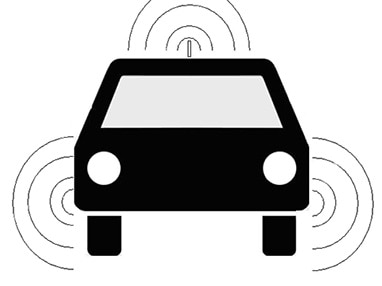
Figure 1: Top-mounted primary-cellular link antennas should not share functionality with other RF functions like TPMS and proximity-detect systems. Keeping these types of transmitters and receivers close uses less RF power and increases reliability, especially in heavy traffic areas.
For example, a single top-mounted receiving antenna can pick up proximity alert data from all corners and faces of the car, but that would require each transmitter to use higher power. Lower-power location optimized individual transceivers at each corner and face make a better solution, especially in traffic when multiple-collision avoidance and tire-pressure-management systems are all in use in a confined space and bandwidth.
Split personality
Another architectural choice is where to place the user side transceivers. It doesn’t make sense to put your Wi-Fi gateway point outside the car where the cellular antenna is. The access point for Wi-Fi (and/or Bluetooth, ZigBee, ANT, and more), should be inside the vehicle and should be as low power as possible. Especially in a confined space, minimizing the amount of RF energy we are exposed to should be a concern. Again, single-point or multi- point decisions can be made.
A single router antenna inside the vehicle and above can serve everyone in the vehicle using low power (Figure 2A). In addition, the server side can use multi-band, diplexors, switches, and circulators to concurrently provide multi-protocol services through a single-hubbed antenna.
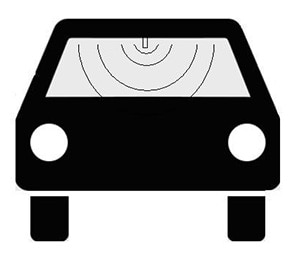
Figure 2A: A single top-point multi-band and multi-protocol antenna can be used inside to provide Wi-Fi, ZigBee, Bluetooth, services to all occupants through a single-concentrator node.
The gateway can then be the server- to-RF devices inside the automotive PAN that users connect to. This communications hub can wire to the automotive network, which also carries the vehicle navigation system, Bluetooth transceivers, Wi-Fi transceivers, key fob transceivers, proximity-detect RF transceivers, lift-gate detect-proximity RF transceivers, and TPMS receivers.
An alternative approach would be to implement layer-2 multi-port switched ports in closer proximity to each user to reduce power even more (Figure 2B). For example, a lower-power-node port in the seat back in front of you can provide reliable connectivity to you only, while using less power and exposing you to lower RF levels. A wireless charge station can even be implemented in our device-friendly tray tables.
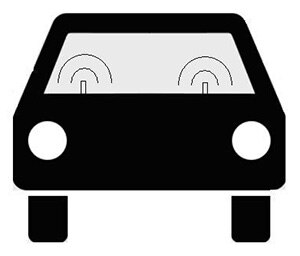
Figure 2B: Individual layer-2 switched ports at each passenger location can provide better performance and expose occupants to lower levels of RF. Charging stations and direct-connect ports can be added as well to provide more user benefits.
Tough it out
The rooftop cellular side needs to be tough and rugged. It must endure direct solar exposure in the hottest of summers and withstand the coldest wind chills of winters. This antenna assembly will be exposed to it all. Therefore, keep it simple. A feed-through will be needed one way or another so you can position LNAs, filters, and fine tuning elements more inside the compartment than outside to lessen environmental exposure.
We can always make our own ruggedized antenna assemblies using off-the-shelf small SMT-style monolithic ceramic antennas like the Taoglas PA.710.A for 2G/3G/4G services. Its wideband 698-960 MHz, and 1717-2690 MHz bandwidths encompass 14 international cellular standards and services.
What’s more, these parts can handle up to 5 W and are 50 Ω linearly polarized omni-directional SMT-mount antennas with up to 70 percent efficiency and 3.5 dBi peak-gain characteristics.
Taoglas’ MA.208 GPS and 2G/3G/4G antennas are omni-directional and maintain a Voltage Standing Wave Ratio (VSWR) of less than 3 across all frequencies and come as either ceramic components, or fully encapsulated and enclosed like the power-patch style MA208.A.AB.001, which is adhesively designed to be roof mounted (Figure 3).
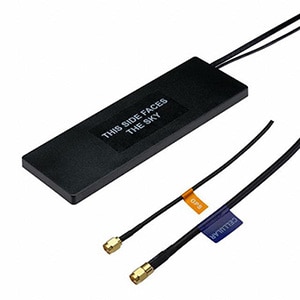
Figure 3: Already manufactured and rated for roof-mounted applications, the toughened and proven cellular-only and cellular and GPS antennas are available off-the-shelf if you do not want to make your own.
Notice how the weather-sealed enclosure on the MA208.A.AB.001 also incorporates sensitivity on the GPS band as well as the cellular. A special case to our cellular-only top-side antenna may be with GPS. Here is where a receive-only link is implemented solely for geo-location. While location-aware technology through the use of cellular algorithms is getting better all the time, there are times when cellular data-link reliability can leave us alone in the dark. In this case an independent GPS service can save the day.
A similar top-side mount encapsulated and weather-proofed solution comes from Molex with its 1052630002 adhesive-mount 3.1 dBi gain antenna. Similarly covering the cellular and GPS bands with a total average efficiency of up to 80 percent, this flat-patch style 6-band antenna is good from 824 to 960 MHz, and 1.71 MHz to 2.69 GHz.
The 1052630002 comes with a 150 mm cable. A 100 mm 1052630001 and a 200 mm 1052630003 cable option are also available from Molex and differ in some characteristics like peak gain and reflection. A variety of micro coaxial cables and UFL connectors is available for easy connect to main circuit boards. Peel-and-stick application is used for these standalone 6-band cellular, ruggedized antennas.
Another option for cellular antennas comes from TE Connectivity with its 1513169-1 adjustment-free, pre-characterized circuit-board antenna (Figure 4). These parts can be inserted onto existing printed circuit-board assemblies, handle up to 10 watts, and don’t require matching networks for their 50 Ω unbalanced-feed points. While only supporting the US Cellular 824 - 894 MHz single-side band frequencies, these omni-directional, tab-mounted antennas have a peak gain of 2.1 dBi and maintain a VSWR of less than 2.5.
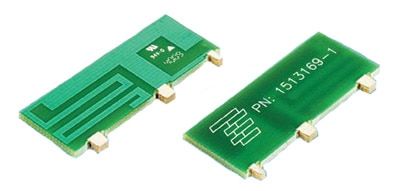
Figure 4: These pre-characterized, high-efficiency, omni-directional PCB antennas use a tab-mounting technique for insertion onto a PCB or in an enclosure.
A Product Training Module on the company’s standard RF Antenna Offerings can be found on the DigiKey website.
In addition, the Arduino A000044 GSM development board can be used as a test and development platform. The reference design schematic¹ and shielding design file can be handy items to refer to through Arduino.²
In summary
As you drive down secluded and scenic country roads, you may realize that without a reliable cellular link, all services—both voice and data— can be lost. A well-partitioned RF system can optimize reliable data flow and provide voice, information, location and audio/video data to several users simultaneously while also providing the vehicle with real-time connectivity to the cloud. As this article has shown, the selection of the topside cellular antenna can make or break your designs.
For more information on the parts discussed in this article, use the links provided to access product pages on the DigiKey website.
References
免责声明:各个作者和/或论坛参与者在本网站发表的观点、看法和意见不代表 DigiKey 的观点、看法和意见,也不代表 DigiKey 官方政策。








